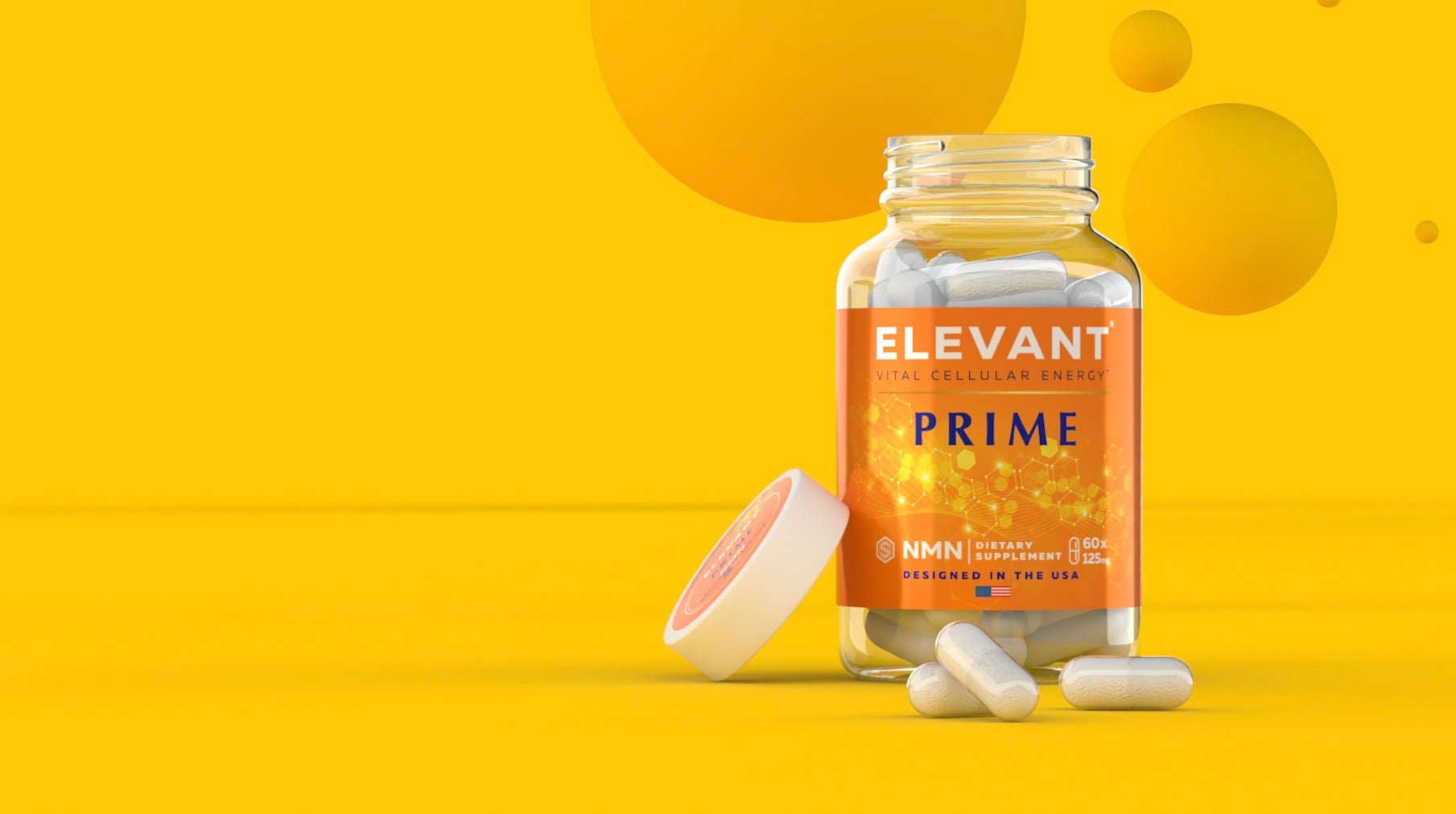Published in the Journal of Cachexia, Sarcopenia and Muscle, the review analyzed 10 studies comparing NMN or NR to a placebo and their effect on various muscle function measures in adults aged 60 and older.
The researchers from the universities on Liverpool, Istanbul and Arkansas reported inconclusive results, with no significant changes observed between those in the intervention and placebo arms.
Crucially, however, most of the older individuals included in the study were sedentary, or at best, not engaged in resistance training. This has raised the question as to whether these compounds could stimulate muscle growth when consumed alongside an exercise routine.
“Muscle is an adaptive tissue. It needs stress to grow. Studying compounds designed to support muscle without combining them with movement is like testing a performance fuel in a parked car. The context matters. You need both the signal and the support,” Derek Berkey, CEO of Invigor Medical, told NutraIngredients.
“NMN and NR might be useful tools, but they’re not replacements for the fundamentals. If someone isn’t training, moving, eating well, and recovering, no supplement is going to fill that gap. Lifestyle is the foundation. It’s the lever that makes everything else work.”
NAD precursors for muscle mass
Nicotinamide adenine dinucleotide (NAD) is a coenzyme that is crucial for a number of cellular processes such as energy metabolism and DNA repair. Nicotinamide precursors, such as NMN and NR, can boost NAD levels, offering potential anti-aging effects.
Animal studies have shown that these NAD precursors can improve muscle strength in mice, which has led to the hypothesis that NMN and NR could help to prevent age-related muscle wasting.
“The main mechanism by which NAD precursors exert their functions is through their conversion into NAD+,” explained Dr. Jianjun Yu, R&D director of global ingredients supplier EffePharm, which supplies NMN to the food supplements market. “This conversion enables them to perform various physiological functions.
“The production of muscle energy mainly comes from mitochondria. As people age, the function of mitochondria declines, resulting in a reduction in muscle energy production and symptoms such as weakness and fatigue. Studies have found that NAD+ can improve the function of mitochondria and increase energy production. So, in general, when mitochondrial function declines, NAD or its precursors can play a certain role.”
However, studies exploring the muscle benefits of NAD precursors in humans to date have provided less than concrete evidence. For example, a 60-day clinical trial by EffePharm assessed the company’s NMN ingredient Uthever for physical performance via a six-minute walking test. While this study produced fairly promising outcomes, they did not reach statistical significance, according to Dr. Yu.
“Although this result was not statistically significant, the results showed that compared with the placebo group, the NMN 300 mg group increased the 6-minute walking distance, indicating that NMN has the effect of improving muscle performance and function,” he told NutraIngredients.
Dr. Yu. says that a higher dose or a longer trial period is required to achieve statistically significant changes.
Context is key
Andrew Shao, senior vice president at Niagen Bioscience, agrees that longer studies are needed, adding that dose and context are important factors.
As a company that supplies a patent-protected form of nicotinamide riboside (NR), Niagen Bioscience has conducted more than 35 clinical trials to study the effects of its NR ingredient.
“It’s no surprise that studies involving NAD precursors alone in normal, healthy adults—even older adults—have not shown a benefit on muscle function,” Shao said.
“First, with normal muscle, studies will need to be much larger to have enough statistical power to demonstrate subtle benefits. Studies done to date have been relatively small.
“Second, the greatest benefit of boosting NAD is observed under conditions of extreme metabolic stress or when mobilizing macronutrients is most critical. This means that in normal, healthy adults, boosting NAD alone is unlikely to affect muscle function or performance.”
The key, he says, is to combine NAD-boosting ingredients with exercise, but no study to date has examined this combination over an extended period of time.
“Future studies should assess the combined effect of exercise with NAD boosting, both in the context of healthy aging—in older adults—and with elite athletes in the context of overtraining, where inflammation and tissue damage reduce performance," Shao said.
Source: Journal of Cachexia, Sarcopenia and Muscle. doi: 10.1002/jcsm.13799. “The Effect of Nicotinamide Mononucleotide and Riboside on Skeletal Muscle Mass and Function: A Systematic Review and Meta-Analysis”. Authors: K. Prokopidis, et al.




